 It's a very simple parish, catering to a mainly rural Indian community.
It's a very simple parish, catering to a mainly rural Indian community. The interior is very simple as well, tile flooring, wooden pews etc. The 2 LCD projectors were installed by Fr. Francis when he was transferred here.
The interior is very simple as well, tile flooring, wooden pews etc. The 2 LCD projectors were installed by Fr. Francis when he was transferred here. The Sanctuary is very bare. Note the Advent wreath in front of the altar. The Blessed Sacrament is reserved in a small room to the left of the picture, the door of which can be accessed from the sanctuary. I did not photograph it because the Bishop was praying Vespers at the time.
The Sanctuary is very bare. Note the Advent wreath in front of the altar. The Blessed Sacrament is reserved in a small room to the left of the picture, the door of which can be accessed from the sanctuary. I did not photograph it because the Bishop was praying Vespers at the time. This Church is dedicated to St. Anthony, who is very popular among the Indian community.
This Church is dedicated to St. Anthony, who is very popular among the Indian community. Here's what the Church looks like from the back.
Here's what the Church looks like from the back. This is the Parish House. Fr. Francis had the place repainted and the awnings installed when he moved in.
This is the Parish House. Fr. Francis had the place repainted and the awnings installed when he moved in. On the left side of the Church compound is the little cemetery. Hundreds of simple white crosses mark the final resting places of the former parishioners.
On the left side of the Church compound is the little cemetery. Hundreds of simple white crosses mark the final resting places of the former parishioners.
 For the blessing, many chairs were arranged in the Church compound, transforming it into a sanctuary seating upwards of a thousand people.
For the blessing, many chairs were arranged in the Church compound, transforming it into a sanctuary seating upwards of a thousand people. Chairs were stacked all the way to the back.
Chairs were stacked all the way to the back. Carpets were laid out for the procession of the celebrants.
Carpets were laid out for the procession of the celebrants.
 And the side. 2 LCD screens were set up to allow people to follow the Mass and sing the hymns.
And the side. 2 LCD screens were set up to allow people to follow the Mass and sing the hymns. I assure you that none of the chairs went to waste =)
I assure you that none of the chairs went to waste =)
 This statue of St. Anthony was also newly installed and was due to be blessed by Fr. Francis at a separate Mass the following week. The flowers are real btw.
This statue of St. Anthony was also newly installed and was due to be blessed by Fr. Francis at a separate Mass the following week. The flowers are real btw. We arrived super early, so the altar was not vested yet. Fr. Francis commissions mobile altars at the churches he is in. He likes to reserve the High Altar for Sunday Masses while the moveable altar is used for weekday Masses.
We arrived super early, so the altar was not vested yet. Fr. Francis commissions mobile altars at the churches he is in. He likes to reserve the High Altar for Sunday Masses while the moveable altar is used for weekday Masses. A closeup of Our Lady and St. Bernadette Soubirous.
A closeup of Our Lady and St. Bernadette Soubirous.
 A crucifix was also attached to the grotto to allow Mass to be celebrated when the weather permits. It's a traditional practice to have Mass at the Grotto on the 13th of the Month. Me and a couple of friends donated this crucifix to Fr. Francis as a going-away gift as one of the Churches he is supposed to administer did not have one. But apparently they had gotten one since my last visit and Fr. found another use for it here.
A crucifix was also attached to the grotto to allow Mass to be celebrated when the weather permits. It's a traditional practice to have Mass at the Grotto on the 13th of the Month. Me and a couple of friends donated this crucifix to Fr. Francis as a going-away gift as one of the Churches he is supposed to administer did not have one. But apparently they had gotten one since my last visit and Fr. found another use for it here.I have an exact copy at home.
 This is Our Lady's Crown, made of pure gold. It was donated to the Church. Here's Fr. Francis poseing with it prior to Our Lady's crowning.
This is Our Lady's Crown, made of pure gold. It was donated to the Church. Here's Fr. Francis poseing with it prior to Our Lady's crowning. Mr. James Jeremiah, formerly chairman of our Liturgical Committee was also the contractor who erected this grotto. He can be seen here crowning the statue of Our Lady which was specially imported from Chiang Mai, Thailand.
Mr. James Jeremiah, formerly chairman of our Liturgical Committee was also the contractor who erected this grotto. He can be seen here crowning the statue of Our Lady which was specially imported from Chiang Mai, Thailand.
 As the time for the Blessing drew near, people started to pour in, filling up the makeshift Church.
As the time for the Blessing drew near, people started to pour in, filling up the makeshift Church.


The altar was then vested by a very cheerful sacristan. The flowers, in great brass vases, were also put up.


 Suddenly, a sign in the Heavens. God's pledge of never destroying the earth again by water. But He did not say anything about little drizzle =) The sky began to cloud up as well.
Suddenly, a sign in the Heavens. God's pledge of never destroying the earth again by water. But He did not say anything about little drizzle =) The sky began to cloud up as well. His Lordship, the Rt. Rev Antony Selvanayagam, the Bishop of Penang then processed in to officiate at the Blessing.
His Lordship, the Rt. Rev Antony Selvanayagam, the Bishop of Penang then processed in to officiate at the Blessing. His Lordship blessed the Grotto with Holy Water before officially turning on the lights and the fountain.
His Lordship blessed the Grotto with Holy Water before officially turning on the lights and the fountain. His Lordship then released some balloons to mark the occasion.
His Lordship then released some balloons to mark the occasion.
 Here's what the Grotto looks like lighted.
Here's what the Grotto looks like lighted. The Bishop then censed the Image of Our Lady of Lourdes.
The Bishop then censed the Image of Our Lady of Lourdes. The recitation of the Rosary then followed, in Tamil and English.
The recitation of the Rosary then followed, in Tamil and English. By this time, it was getting dark and people were really pouring in and filling up the place. It was a standing room only crowd.
By this time, it was getting dark and people were really pouring in and filling up the place. It was a standing room only crowd. Mass then began.
Mass then began. The Bishop was the main Celebrant with Fr. Francis and Fr. David Lourdes from St. Louis' Church in Taiping concelebrating.
The Bishop was the main Celebrant with Fr. Francis and Fr. David Lourdes from St. Louis' Church in Taiping concelebrating. Fr. David Lourdes proclaimed the Gospel. His Lordship then gave a very very long homily. By this time, there was a very slight drizzle and Fr. Francis related to me that the Bishop motioned him and asked him about the backup plan. But then, His Lordship goes on and delivers a long homily... and then repeats the whole thing in Tamil!
Fr. David Lourdes proclaimed the Gospel. His Lordship then gave a very very long homily. By this time, there was a very slight drizzle and Fr. Francis related to me that the Bishop motioned him and asked him about the backup plan. But then, His Lordship goes on and delivers a long homily... and then repeats the whole thing in Tamil!BTW, did you spot the purple Advent candle used as the Altar Candle?
 Thankfully, the Lord's promise held and no rain was forthcoming, although it was a real close call.
Thankfully, the Lord's promise held and no rain was forthcoming, although it was a real close call.
 Hoc est enim Corpus Meum.
Hoc est enim Corpus Meum. Hic est enim Calix Sanguinis Mei.
Hic est enim Calix Sanguinis Mei. Per ipsum, et cum ipso et in ipso. In an example of true inculturation, there were flowers girls throwing flowers while the Sacred Host was elevated. By this sign, the Indian community shows its reverence and adoration of their Lord, present in the Blessed Sacrament. You can't see it from this picture, but incense was continuously burning as well.
Per ipsum, et cum ipso et in ipso. In an example of true inculturation, there were flowers girls throwing flowers while the Sacred Host was elevated. By this sign, the Indian community shows its reverence and adoration of their Lord, present in the Blessed Sacrament. You can't see it from this picture, but incense was continuously burning as well.

 Ecce Agnus Dei, ecce qui tollit peccata mundi.
Ecce Agnus Dei, ecce qui tollit peccata mundi. The Body of Christ. In the hand of course.
The Body of Christ. In the hand of course.
 After Communion, Fr. Francis gave out tokens of appreciation to those who assisted in the building of the grotto.
After Communion, Fr. Francis gave out tokens of appreciation to those who assisted in the building of the grotto. Yours truly had one too, for the donation of the crucifix.
Yours truly had one too, for the donation of the crucifix. Here, James gets his token. He then proceeds to give a speech dedicating this project to the memory of his recently deceased mother Hilder Jeremiah.
Here, James gets his token. He then proceeds to give a speech dedicating this project to the memory of his recently deceased mother Hilder Jeremiah. 

 His Lordship then gave another very lengthy address while the people prayed that it wouldn't rain =)
His Lordship then gave another very lengthy address while the people prayed that it wouldn't rain =)

 There was a fireworks display to mark the occasion.
There was a fireworks display to mark the occasion.

 The celebrants then processed out.
The celebrants then processed out. Here's James and his family. His father, James senior, Auntie Gina and Sam.
Here's James and his family. His father, James senior, Auntie Gina and Sam. The people then headed to the back for dinner as a buffet spread was prepared with mouth watering spicy Indian dishes served to all.
The people then headed to the back for dinner as a buffet spread was prepared with mouth watering spicy Indian dishes served to all.Here's some more shots and close-ups of the Grotto. I'll say a rosary for your intention if you can spot the difference in these shots and the ones before. And no, the difference is not that its night time now...

 Look closely.
Look closely. Still can't see it?
Still can't see it?
 How about we step back a little? Better?
How about we step back a little? Better? Can you see it now?
Can you see it now?
 The Church at night.
The Church at night.
![[Unam Sanctam]](https://blogger.googleusercontent.com/img/b/R29vZ2xl/AVvXsEiymQ2adTjpZ1ABhPBbBBquiPCxeQrc4Jy_97vOikT0wGQeJleriiXQy6ebnb0jrYe-TfvcK77txStB4aIwVAdD41ZdMkVfNtFGC0JX6LBV9B8mfeRZaIAM7Sj-011ag3DiKQzv/s1600/headerdivinemercy.jpg)












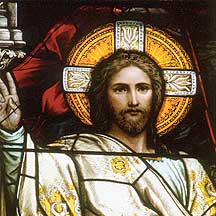
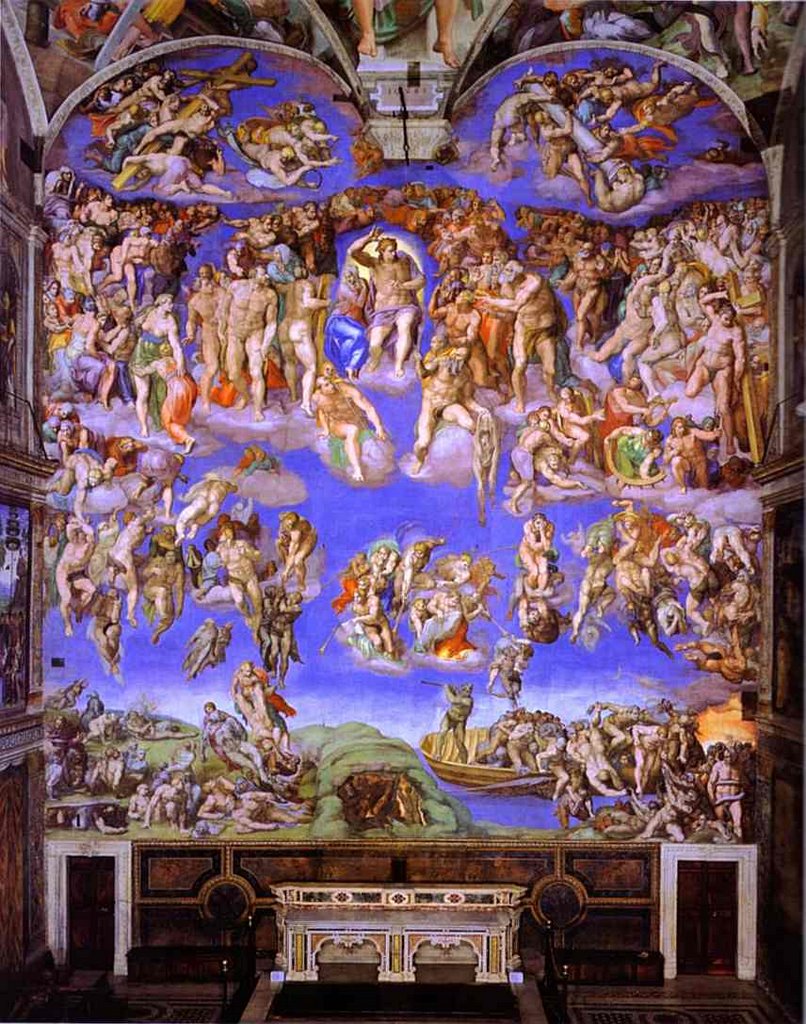


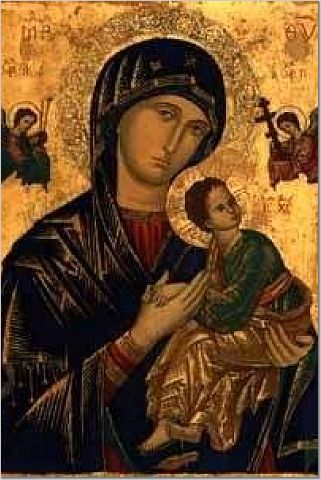



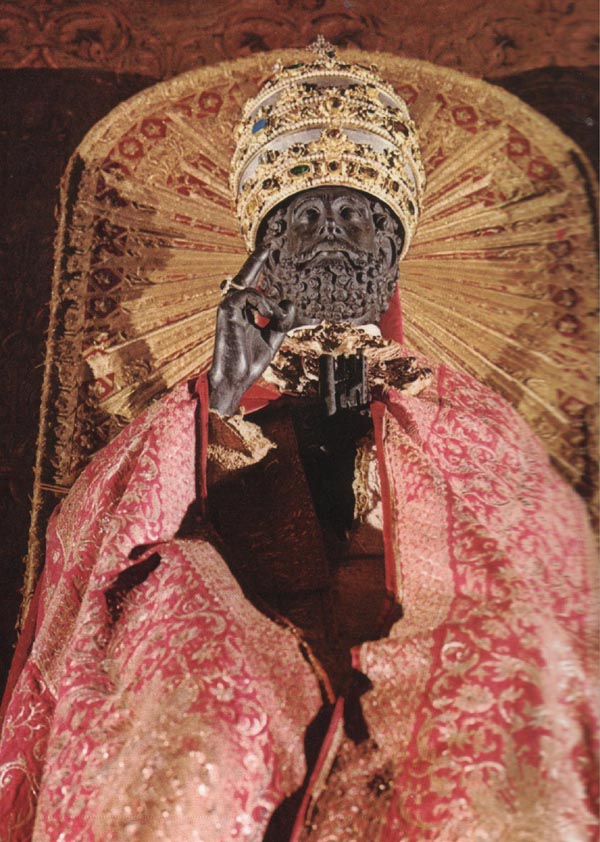
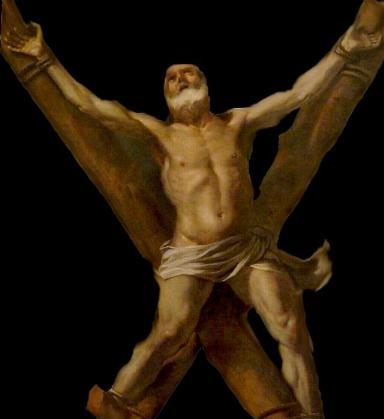

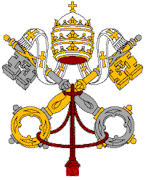


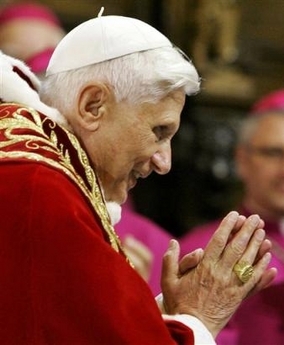






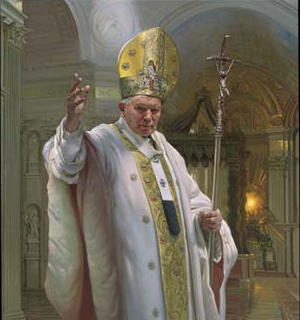
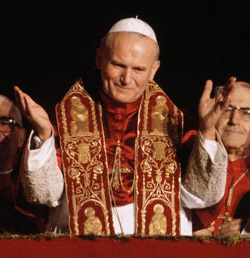
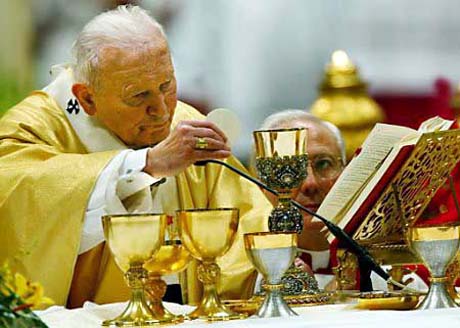
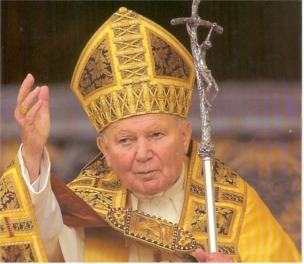






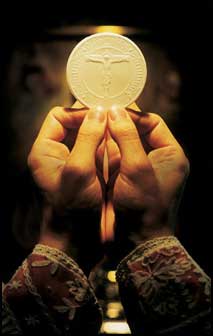
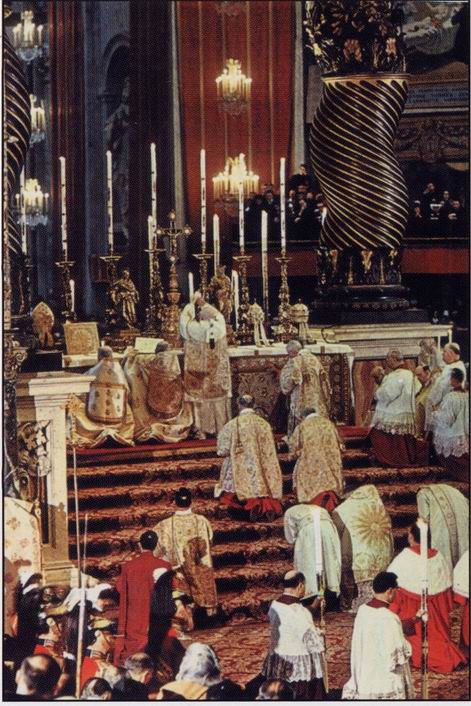



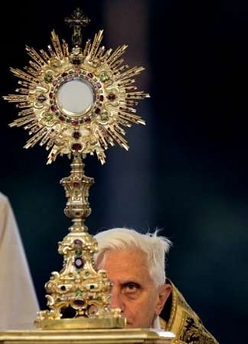


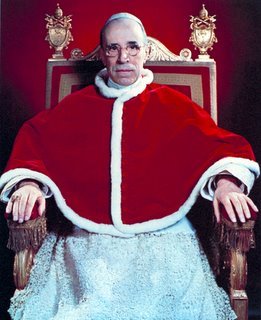




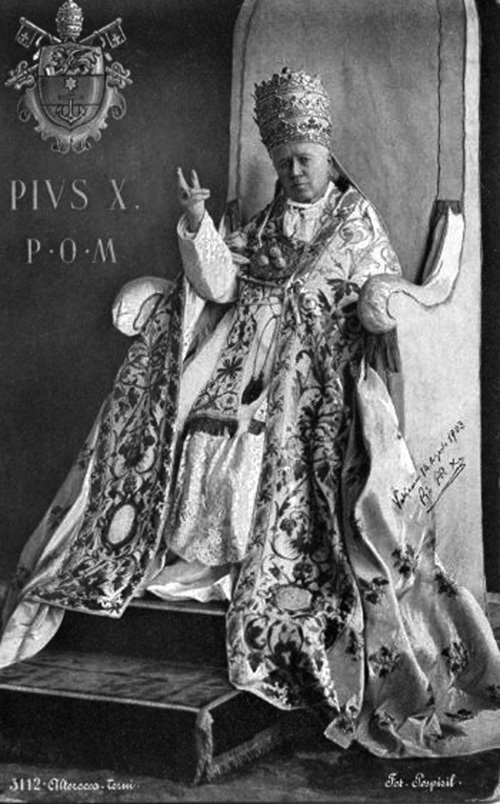










5 comments:
Dear Andrew,
What a lovely photo essay and commentary on the dedication of the shrine to Our Lady of Lourdes. I just discovered your extremely interesting blog. God bless you and yours.
+JMJ+
AMR
Thanks for dropping by and leaving a comment. I'm glad you liked it.
Do continue to visit and God bless you too =)
Why is the Blessed Sacrament hidden out of sight? Doesn't Canon Law say that the Blessed Sacrament, if not in a tabernacle behind the altar, has to be visible to the congregation?
Is there more devotion to Our Lady and St Thomas than to the Blessed Sacrament?
Hello Anonymous,
Thanks for dropping by and for leaving a comment.
Now, first, a caveat. I am all for reverence of the Most Blessed Sacrament and Perpetual Eucharistic Adoration. Mass on the High Altar, ad orientem with Gregorian chant and polyphony per the Second Vatican Council? Yeehaw!
Having said that, I would like to highlight that the legislation on the location of the tabernacle in the Church has evolved after the Council.
When this Church was built, in a poor rural area replacing a wooden edifice, particular law in force has it this way:
In 1970 with the advent of the General Instruction on the Roman Missal, the exceptions of having the tabernacle on the high altar seemed to become the general rule. Gone now was the language about the high altar. Instead, article 276 of the general instruction reads:
"Every encouragement should be given to the practice of Eucharistic reservation in a chapel suited to the faithful’s private adoration and prayer. If this is impossible because of the structure of the church, the sacrament should be reserved at an altar or elsewhere in keeping with local custom and in a part of the church that is worthy and properly adorned."
In 1973, the general norms for Holy Communion and the worship of the Eucharist outside Mass, article 9, made like statements which seemed to evince a preference for the separate chapel of reservation. Despite the fact that this liturgical book contained rites for the public worship of the Eucharist outside Mass, its rubrics seemed to think in terms of locating the tabernacle for private worship only. The rubric stated:
"The place for the reservation of the Eucharist should be truly prominent. It is highly recommended that the place be suitable also for private adoration and prayer so that the faithful may readily and fruitfully continue to honor the Lord present in the sacrament, through personal worship. This will be achieved more readily if the chapel is separate from the body of the church, especially in churches where marriages and funerals are celebrated frequently and in churches where there are many visitors because of pilgrimages or artistic and historical treasures."
So, for those reasons, as well for the reason that the Church is closed during the day as the parish had no resident priest as it was a part of three parishes with a single administrator who was based elsewhere, the Blessed Sacrament is reserved in a chapel that is part of the Church but not visible to the Faithful.
Of course, with current legislation, it is preferable that the tabernacle be located in the Church proper, but this will deprive the faithful of adoring Our Lord when the Church is closed or when the parish priest is away visiting the other parishes and chapels under his care.
Even in my parish, the Blessed Sacrament is reserved in a Chapel in the East Transept. This is open during the day for the people to come and pray but there is a horrible metal grille separating this chapel from the Church which is opened during Mass. But I'm in an urban parish while the other parish is rural and there have been several break-ins recently and most of the surrounding residents are non-Christian.
Anyway, for more on the evolution of legislation on this matter kindly look here.
Thanks and do drop by again.
Hi mr. andrew,
I like ur photos and it i was really amazed with ur work.i gt chance to view the memorable events through ur snapshots. Tcare and god bless..
edwin
n.tebal
Post a Comment